The Barasoain processional tableaux of the Calvario and the Descent from the Cross are a bit too tall and too bulky to be comfortably accommodated within the church building, so they’re only brought over right before the processions start. Which means that since I’ve not been able to join the processions in Barasoain in the last few years, I don’t yet have photographs of those – though I remember them to be vintage 1970’s and pleasingly classical in appearance and decoration. (No Filipiniana styling for us Barasoain folks!)
I do have lots of photos of the antique calandra (funeral coach) of the Santo Entierro, owned by the family of General Emilio Aguinaldo’s adjutant from the period of the Malolos Republic, Don Antonio Bautista
The image of the Dead Christ used for this calandra is an antique as well, one of those “versatile” Christ images that converts from a crucified corpus into a corpse, with flexible joints in the armpits and in the neck. Unfortunately, it can’t be seen clearly in these next photos – no thanks to the profuse but mismatched floral decorations – but it’s definitely somewhere in there.
Its solid narra carroza though is its redeeming factor.
The beautiful antique image of Santa Maria Jacobe was unfortunately dressed in a strange debutante / super-hero mix a few years ago. What were they thinking?
Another beautiful image in the line-up is Santa Maria Salome, unlike in most other places in the Philippines
And yet another beautiful solid narra carroza gets to move her around.
The most dramatic of Barasoain’s Holy Women has got to be Santa Maria Magdalena, here mounted on her carroza:
And here seen in the carroza decorator’s workshop a few days before Holy Week.
The slightly-turned head, the face all teary and red from crying, and the anxiously-positioned arms and hands all contribute to the pathos that the devotee will surely feel upon viewing this extraordinary processional image.
If Mary Magdalene is dramatic, Santa Marta
or mounted on its beautiful metal-applique-on-wood carroza.
A couple of new, undersized, and not-so-nice images are next. First is Santa Maria Cleofe, actually redundant because the line-up already has Santa Maria Jacobe, who is actually the same biblical personage. It was otherwise so unremarkable that I didn’t bother to take a photo.
Then we have Santa Maria de Betania, sister to Santa Marta
The last Holy Man of the Passion is San Juan Evangelista, mounted on a beautiful wooden carroza with painted panels of the four evangelists.
I also espied this image in storage in a near-abandoned ancestral home nearby and I have to say, the standing-coffin look just doesn’t work for proper santo urnas.
The Dolorosa (Most Sorrowful Mother) brings up the rear of the Holy Week processions. The Barasoain Dolorosa is a smaller-than-life antique, all dressed in black for Good Friday, but in a tasteful blue for Holy Wednesday.
Unfortunately, this year, it seems to have been infected by the “pretentiousness bug,” and is now dressed like several Marian images in southern Spain
Instead of devoting scarce resources to this tasteless vanity, I would rather that those responsible invest in a proper restoration of its now-battered-and-tarnished antique octagonal silver-plated brass carroza.
And for the Salubong dawn procession on Easter Sunday, the Dolorosa is replaced on that same carroza by an image of the Alegria (The Most Joyful Mother), which seems rather ill-at-ease as a processional image. Its stylized and consistently-pretentious Castillian-style over-veil doesn’t help matters at all.
And so ends our review of the Barasoain Holy Week processional line-up. In future years, I hope to do better and fill in the gaps and take photos of the images and tableaux that I missed, especially the Calvario and the Descent from the Cross. Here’s hoping that continuous improvement proves to be in evidence in this, still my native parish after all these years of being pulled away from it.
jvlian wrote on Jul 1, '07
aawww,, hinihintay ko p nmn yung calvario at yung descent,, tsk tsk
|
jvlian wrote on Jul 1, '07
yung magdalena akala ko nung una eh san juan,,
parang magkatulad ang marta ng barasoain ng sa inyo... at ano ang nasa isip nila ng damitan nila ang mater dolorosa???????!!!!!!!!!!!!!!! |
rally65 wrote on Jul 1, '07, edited on Jul 1, '07
Julian -- Ha ha ha, may susunod na taon pa naman para sa Calvario at ang Descent from the Cross. Pero magaganda nga iyon, sa pagka-alaala ko. Kaya lang, matagal ko nang hindi nakikita -- parang 2002 pa yung huling beses.
|
rally65 wrote on Jul 1, '07
Julian -- Nasa isip nila ang Pasko nuong dinadamitan nila ang Dolorosa. Ha ha ha.
|
jayroberto wrote on Jul 1, '07, edited on Jul 1, '07
Haha. PamPasko naman pala at hindi pangHoly Week.
|
johnada wrote on Jul 2, '07
Leo,
my query got swallowed up in internet blackhole and this is anotehr go: 1. When the Thursday procession was transfered to Wednesday, what was the reason given in your diocese? I missed this transition so I was not able to ask. Some years back in college, I took a scriptures class from a Pontifical Biblical College graduate no less. He said that the events of the Passion: Last Supper, Agony, Betrayal, Caiaphas, Sanhedrin could not have happened in one night as there is not enough time. Is this the reason given for the change? I am not a big fan of changes due to latest biblical theories. All I know is that the change was greeted with jubilation in my town since we can eat meat on Wednesday All of Cebu had looked with envy to Bantayan for the permission to have meat on the Thurs and Friday. 2. Is balayong a black-colored wood? What do you think of mahogany for sculptures? |
rally65 wrote on Jul 2, '07, edited on Jul 2, '07
John,
1. The change-over of the first procession from Holy Thursday to Holy Wednesday (or in some other parishes, Holy Tuesday or even Holy Monday), seems to have been driven mainly by pragmatic reasons -- the carroza owners and devotees needed time to recover before the Good Friday procession. Just a one-day gap was apparently insufficient. I can relate to this because even with the current two-day recovery period, I often feel that I'm still too pooped before the Good Friday processions! Remember that on Holy Thursday, there is not only the Mass of the Lord's Supper in the evening; there is also the Chrism Mass with the Bishop and all of the Diocesan Clergy in the morning. Then of course, most devotees embark on their Visita Iglesia from the evening of Holy Thursday to the following noon on Good Friday. Holy Thursday is therefore already quite a busy day, even without the evening processions that used to be held on that day. 2. Balayong is a deep-red Philippine hardwood, very similar, but superior, to red narra. It is extremely beautiful and is my all-time favorite wood for furniture and old house parts (e.g., floors, doors, walls). If by "mahogany" what is actually meant is "tanguile" (since the name "mahogany," like "teak," is used very loosely to refer to a wide variety of unrelated woods), then I would not advise it for use in sculpture. Tanguile is versatile and relatively abundant but is actually a softwood with wide-open pores, therefore it looks quite rough. It is best used where it will not be seen -- as framing within walls and ceilings, for example. It is also quite prone to wood pests, so will probably not last very long. Really the best wood for sculpture and decorative carving in general is baticuling, which is why Philippine santeros have been using it for at least the past few hundred years. |
johnada wrote on Jul 2, '07
Leo,
Thank you for the enlightenment. I am glad to know the change was made for the comfort of the people. Re balayong. In Cebu, there is a deep black, fine-grained hardwood we call bayong. I guess this is a different tree from balayong then. It is mostly used for floors and furnitures. In fact, my family inherited my great-grandfather's bayong aparador ( I will send you a pic when I get home). Old homes in my town liked to use the black wood of bayong and the yellow wood of tugas (molave?) in alternate pattern to create a nice striped look to the floor. I asked about mahogany because we have groves of it and we don't know what to do with them. What is the English name for baticuling? |
rally65 wrote on Jul 3, '07
John,
1. I do think that the Cebu "bayong" is the same as the Tagalog "balayong" -- although it is indeed possible that the examples that you have seen have turned deep black from the original deep red or brown, due to age, as well as encrustation of varnishes, waxes, dirt, etc. And yes, balayong and molave are indeed alternated as floorboards in Philippine ancestral homes, in all regions, for a 19th-century "funky" striped look. So there you go -- bayong and balayong are really the same wood species. 2. Find out what "mahogany" your groves actually have. If it's tanguile, then it can be quite versatile in new house construction as well as old house restoration. 3. Hmmm ... I still have to find out what the English name for baticuling is. Let me ask around. |
rally65 wrote on Jan 28, '08
An overdue response: I've checked and the scientific name of baticuling is Millingtonia quadripinnata.
However, some sources say that a species called Decaperus macrosoma is also what is commonly referred to as baticuling. Sadly, I haven't yet found out any English term for it. Perhaps there is none, as it is not native to the Western world. |

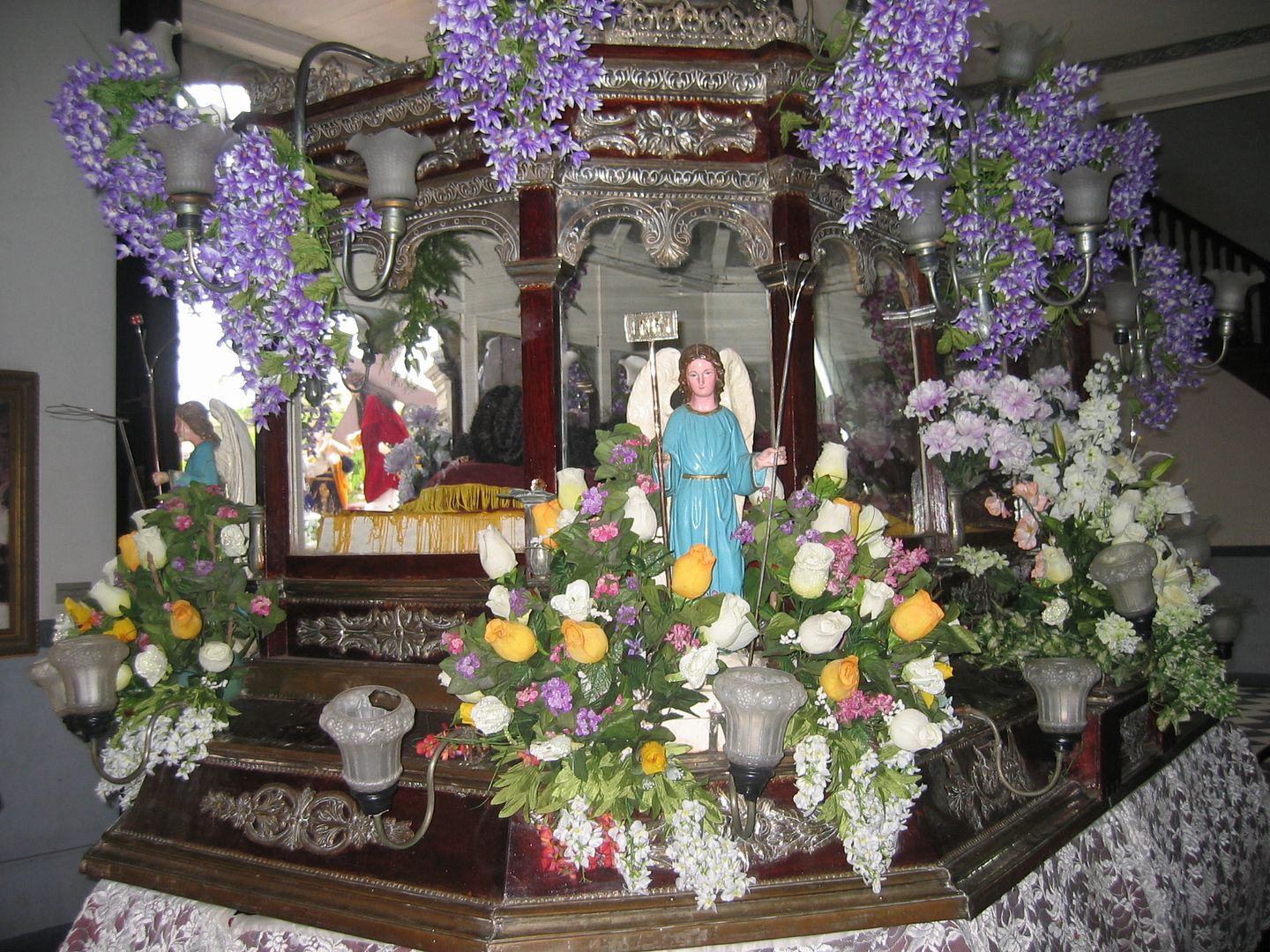
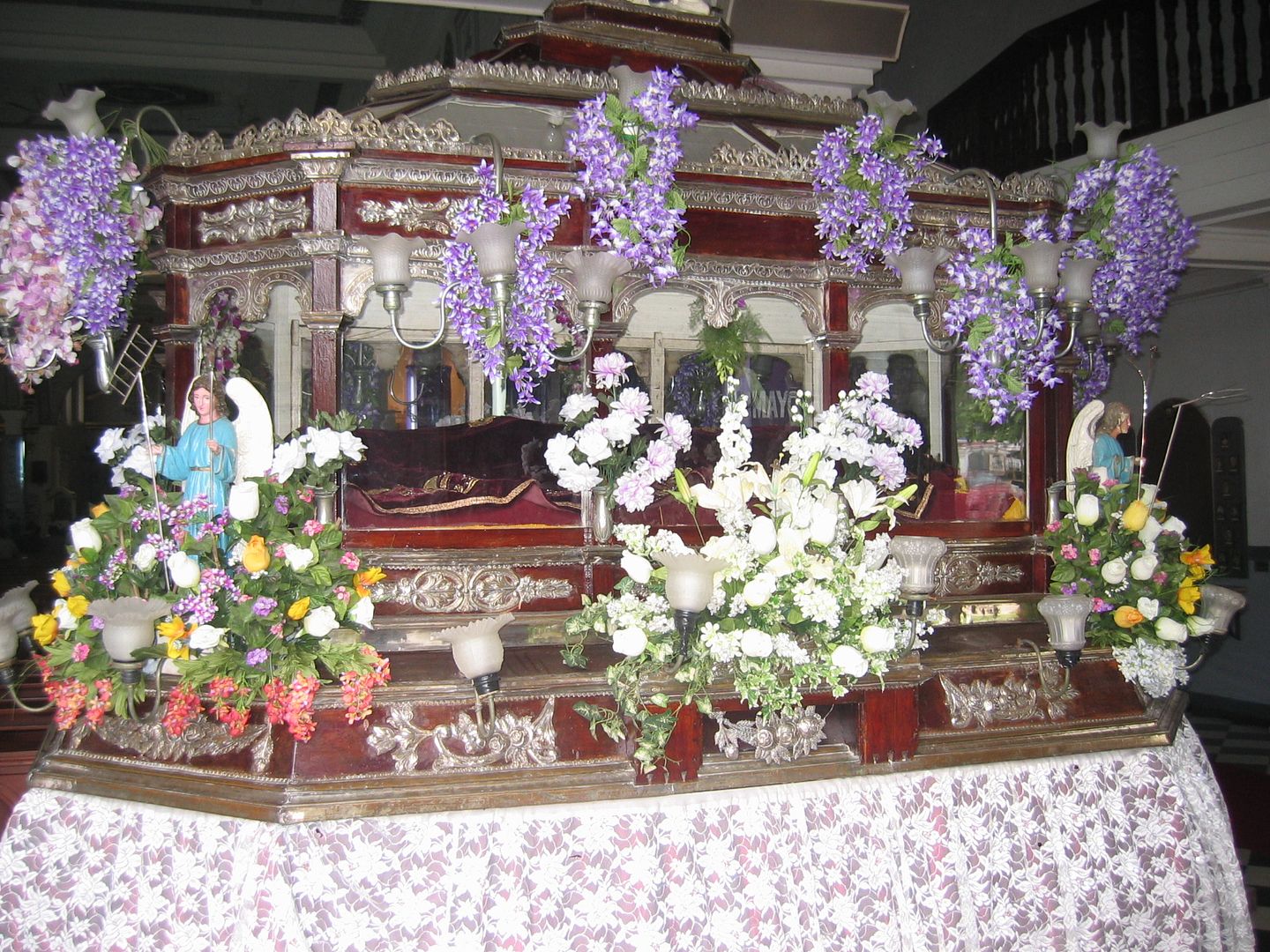
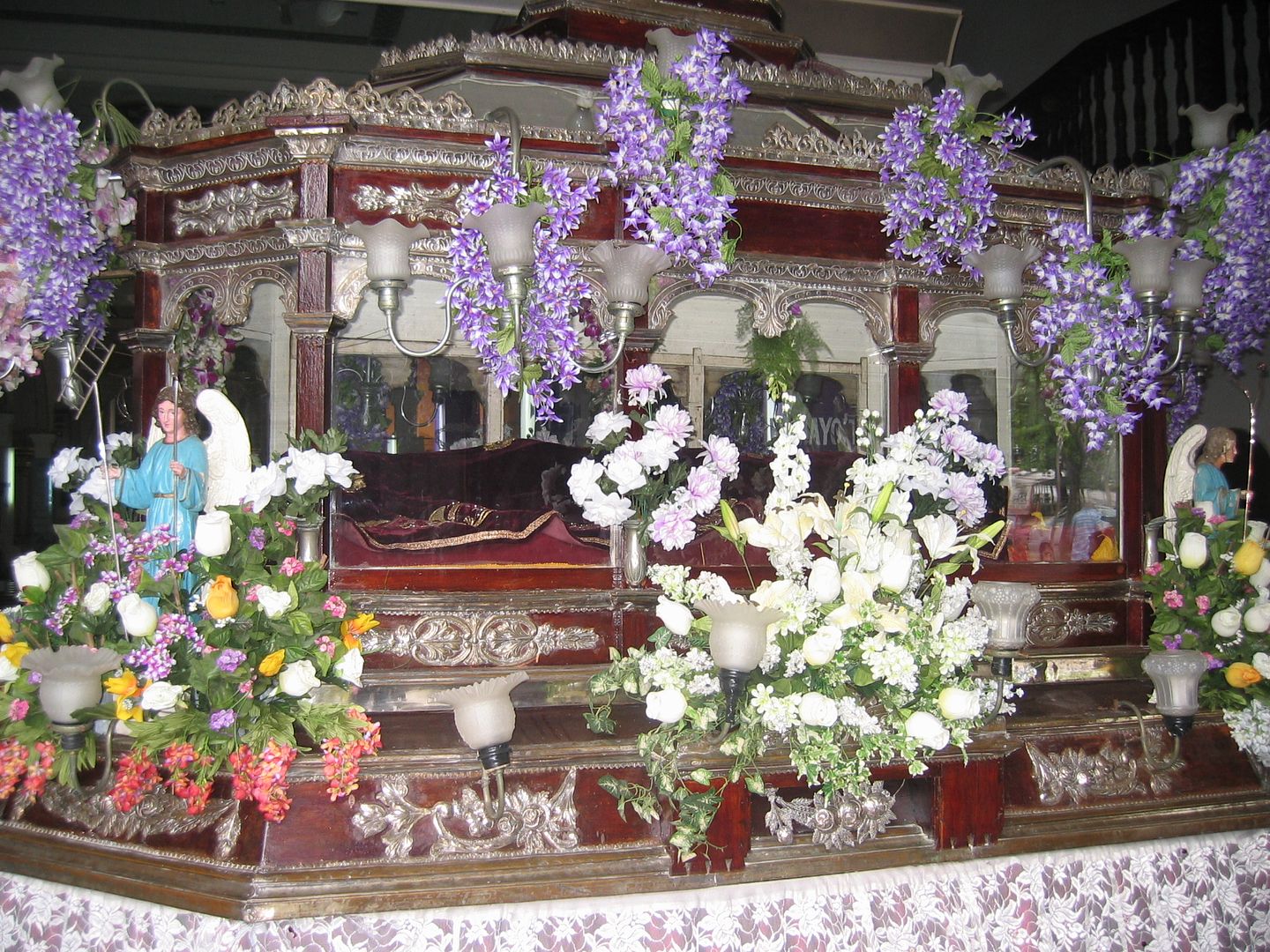
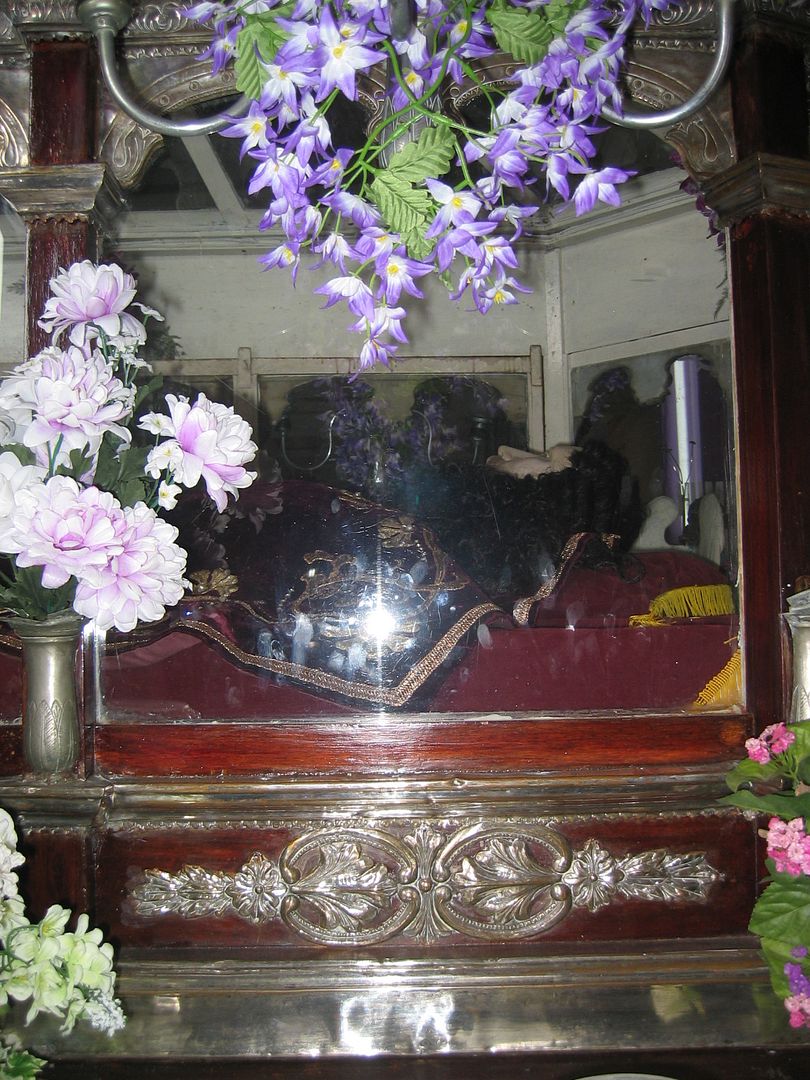
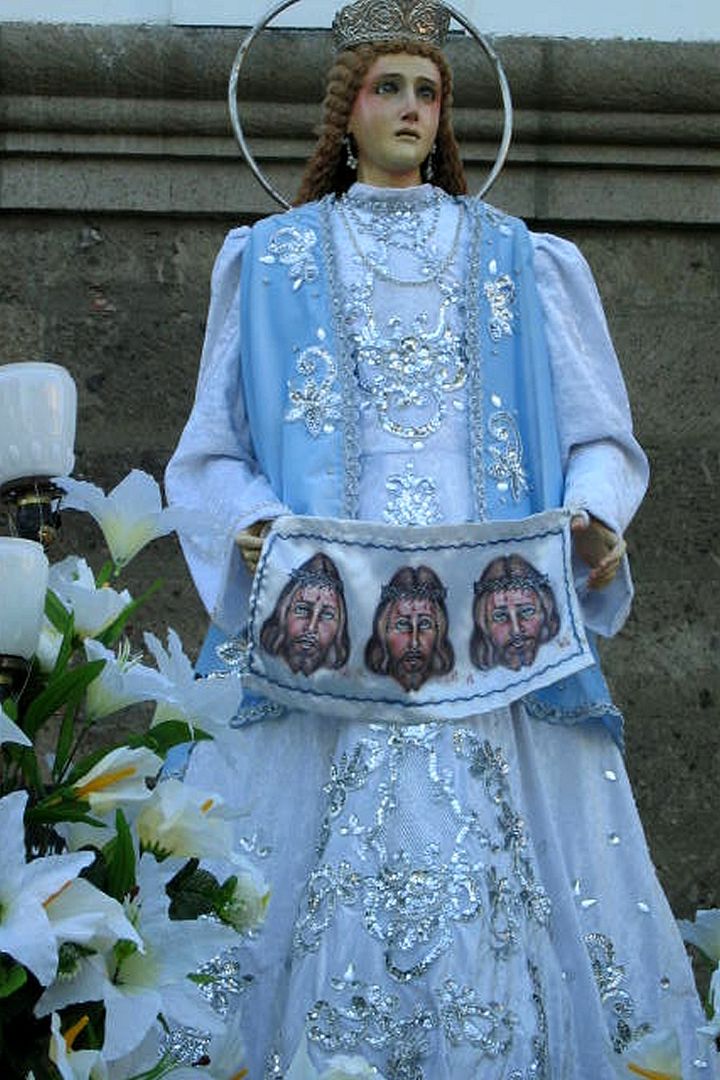
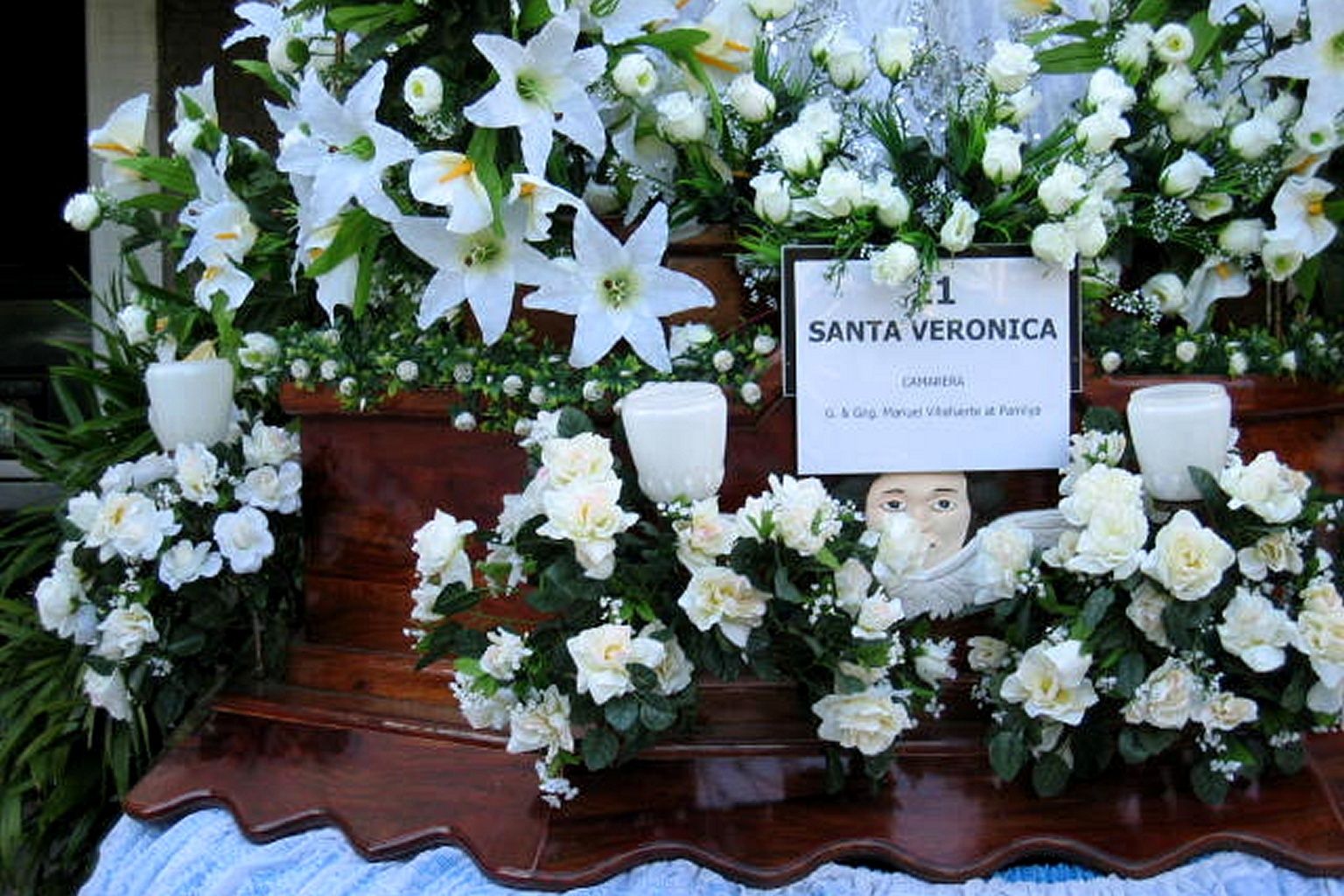
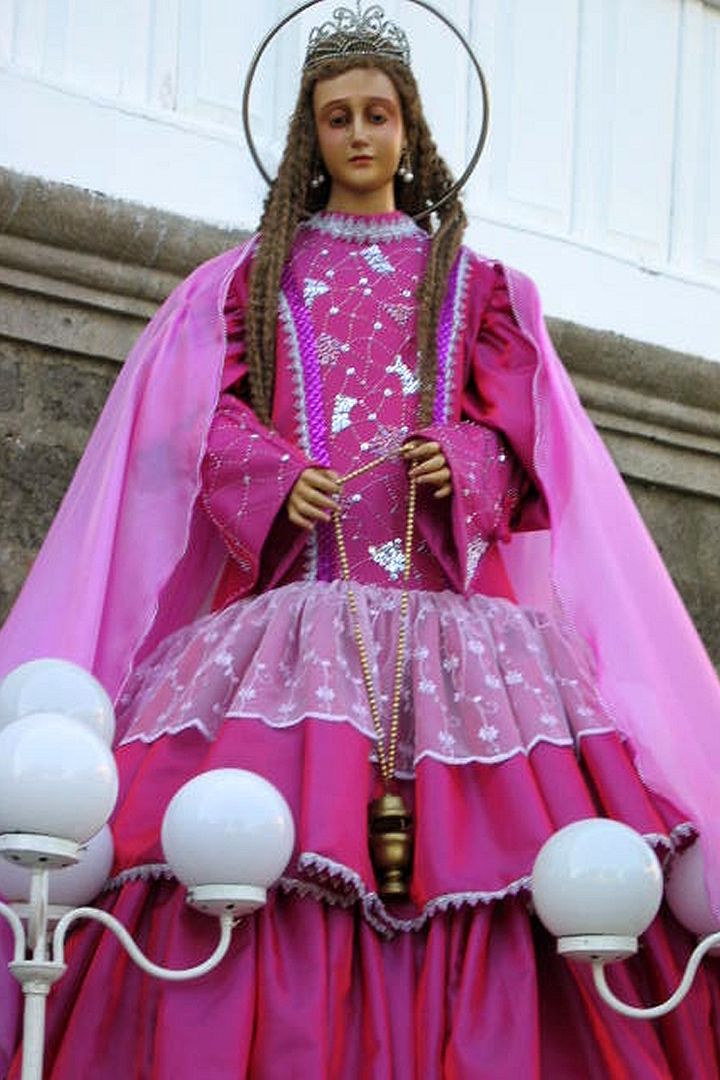
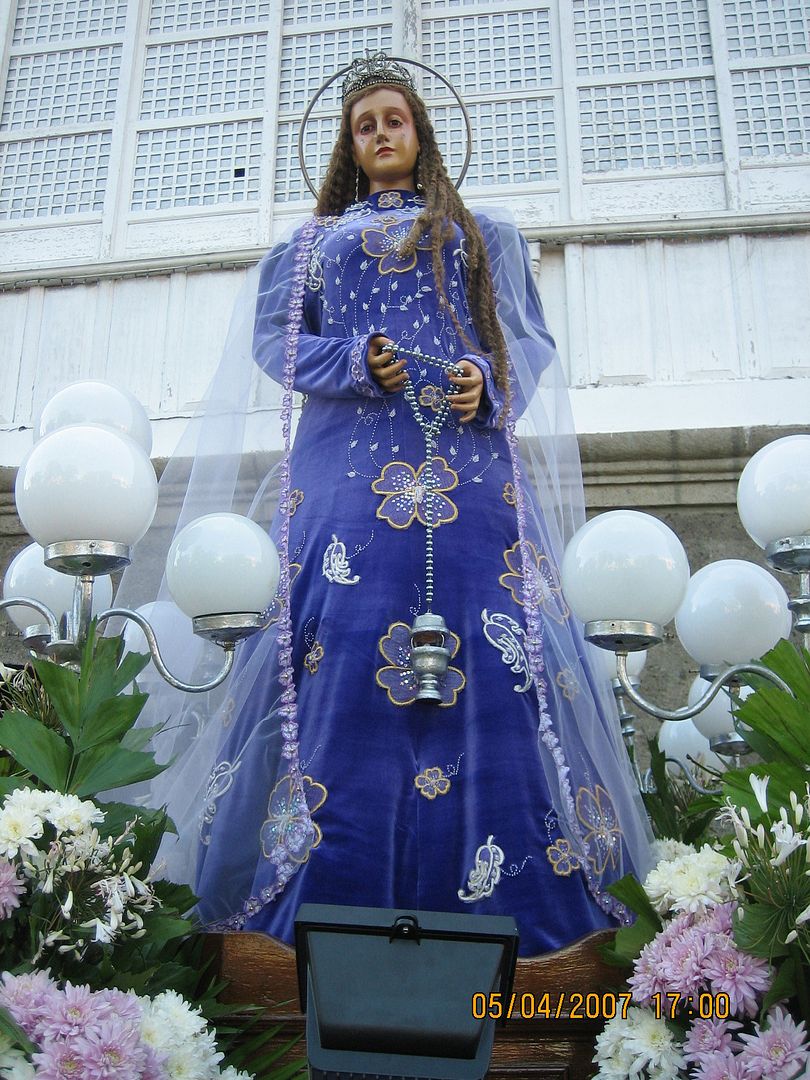
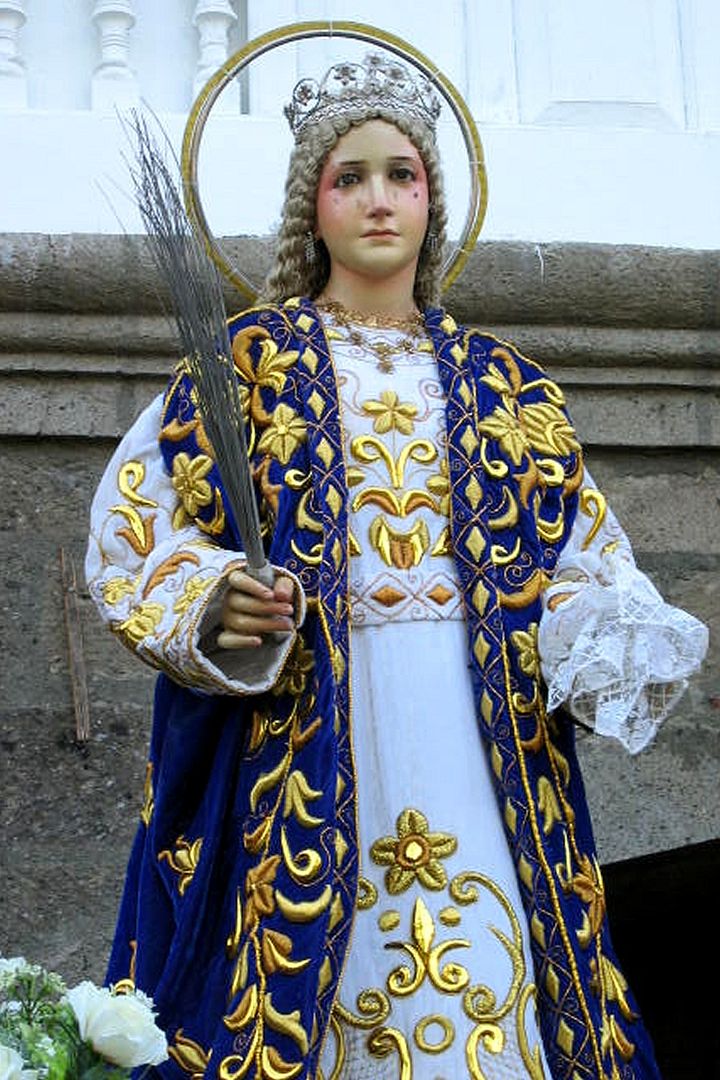
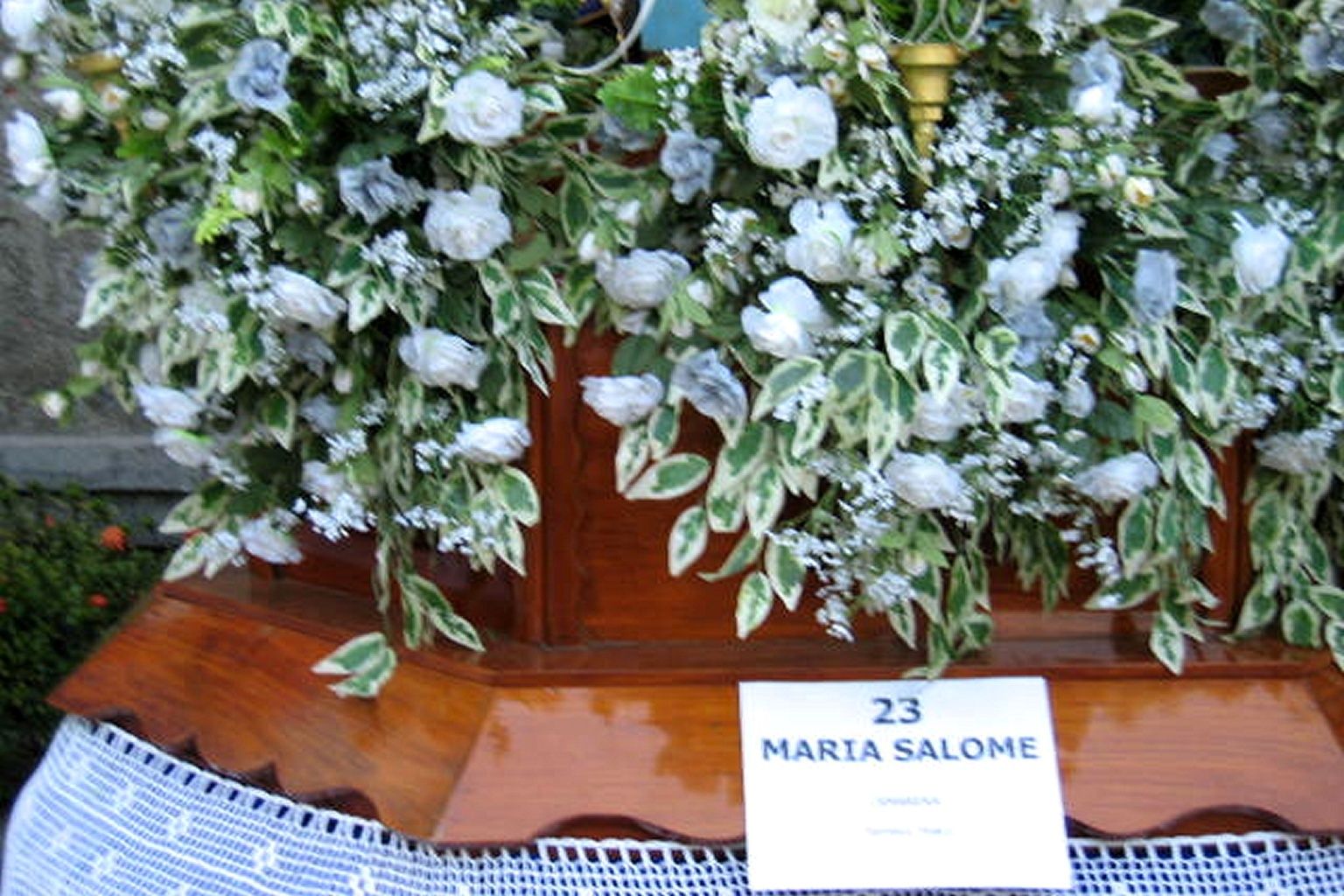
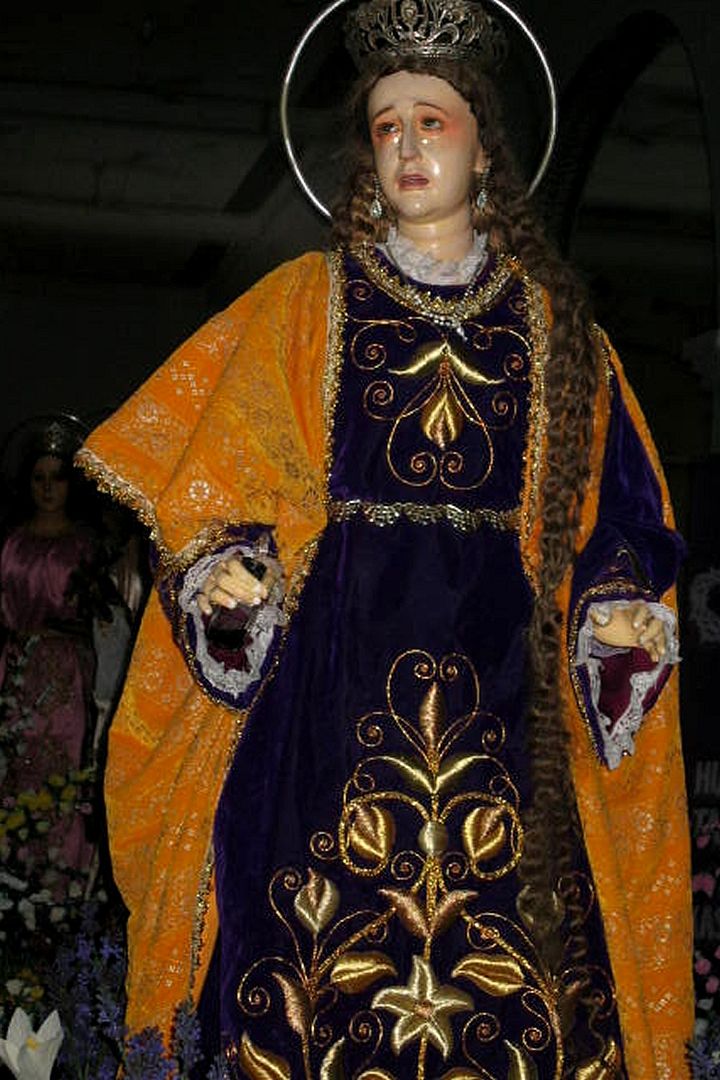
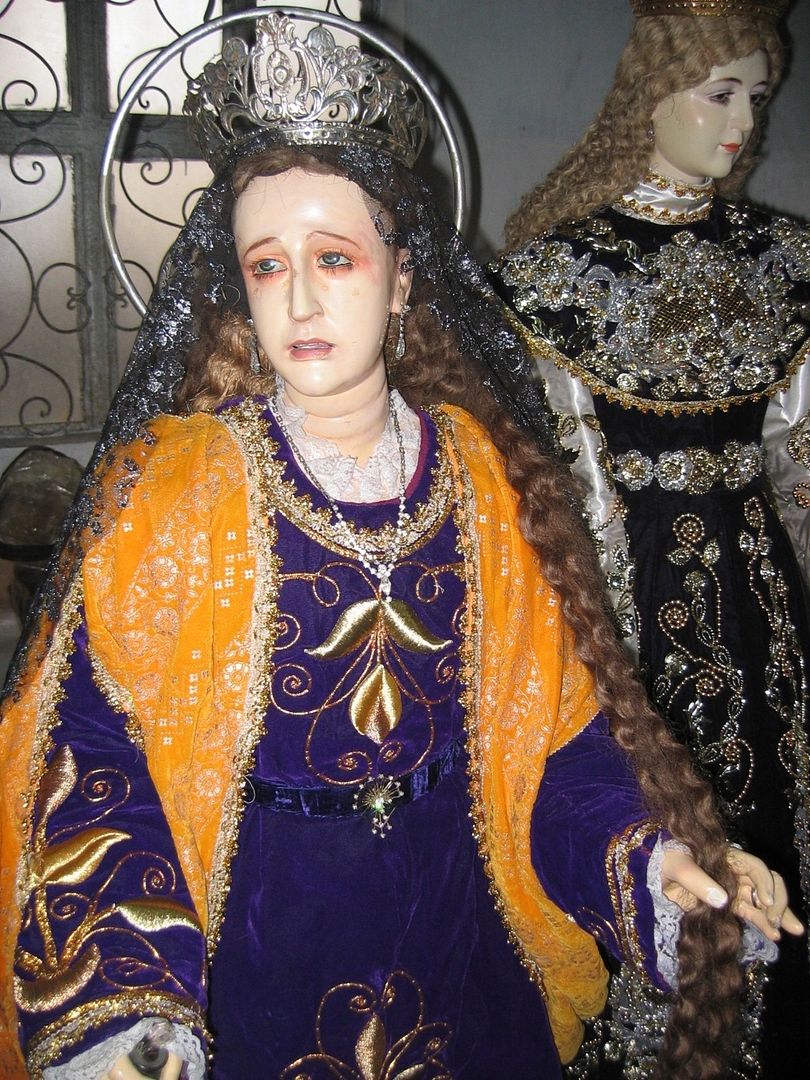
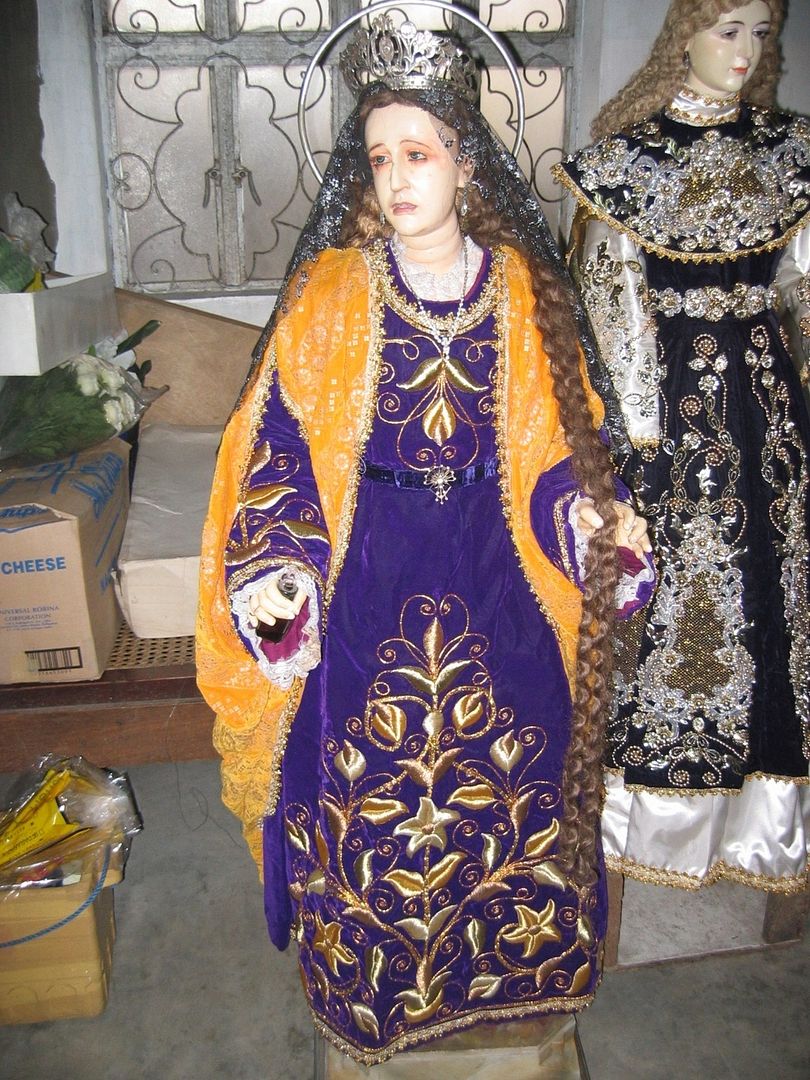
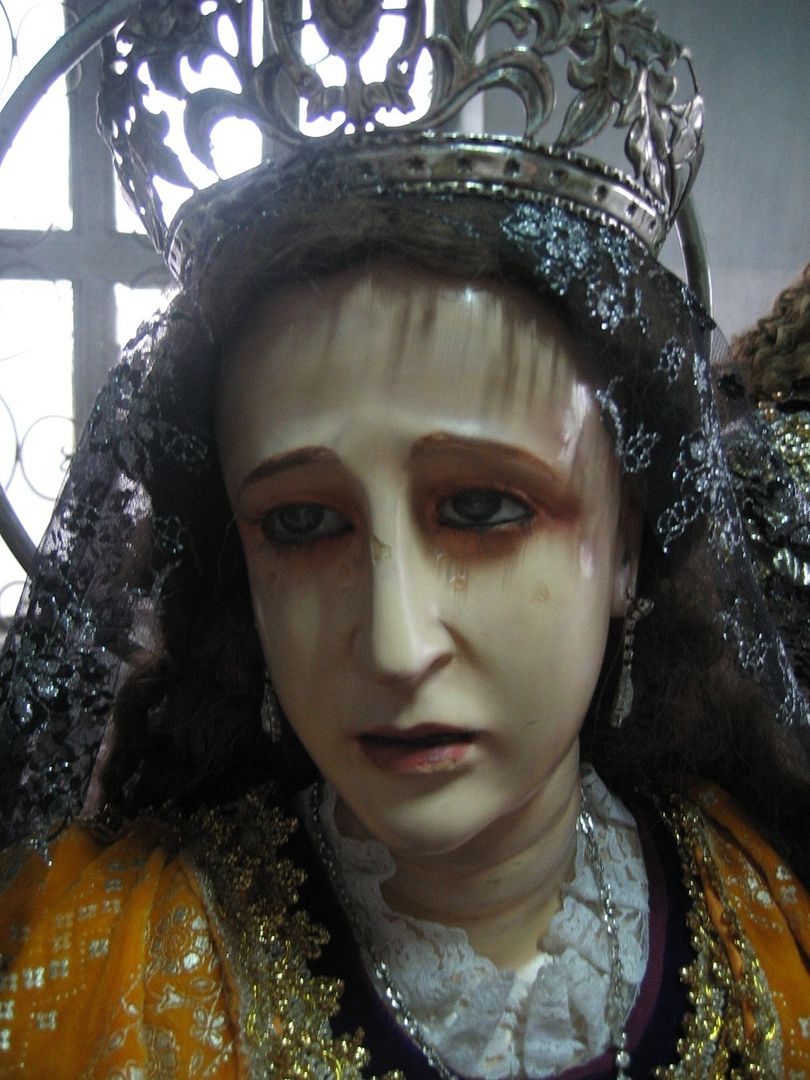

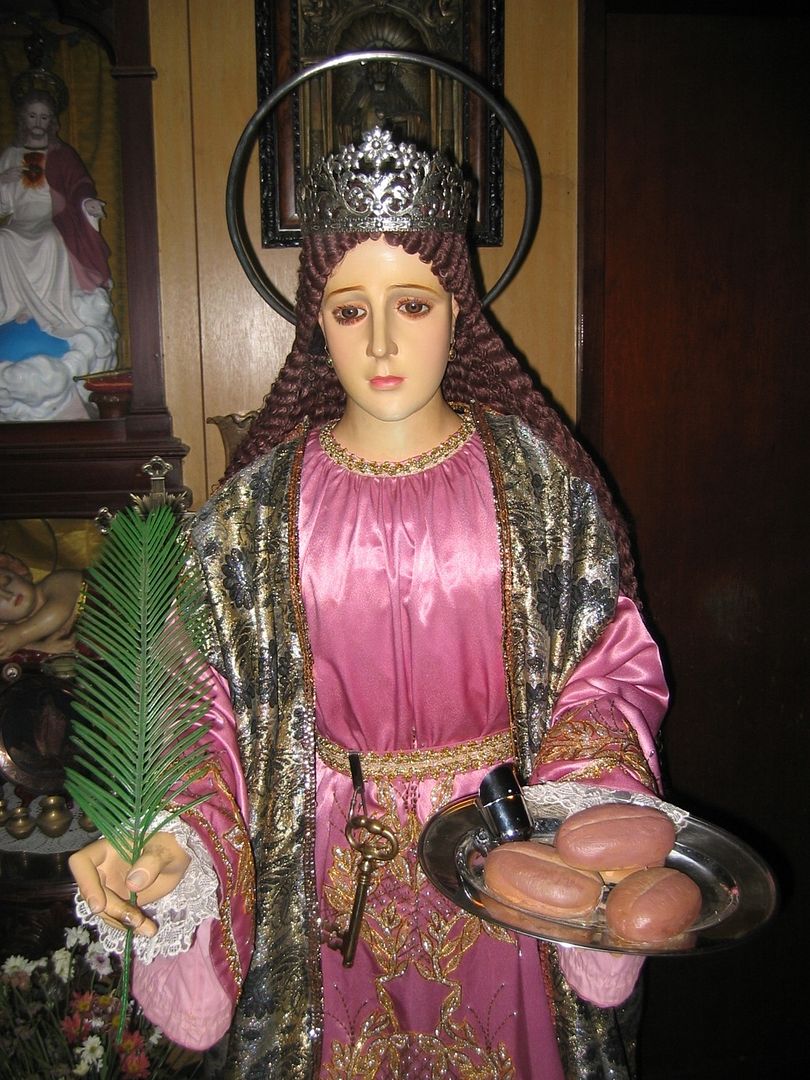
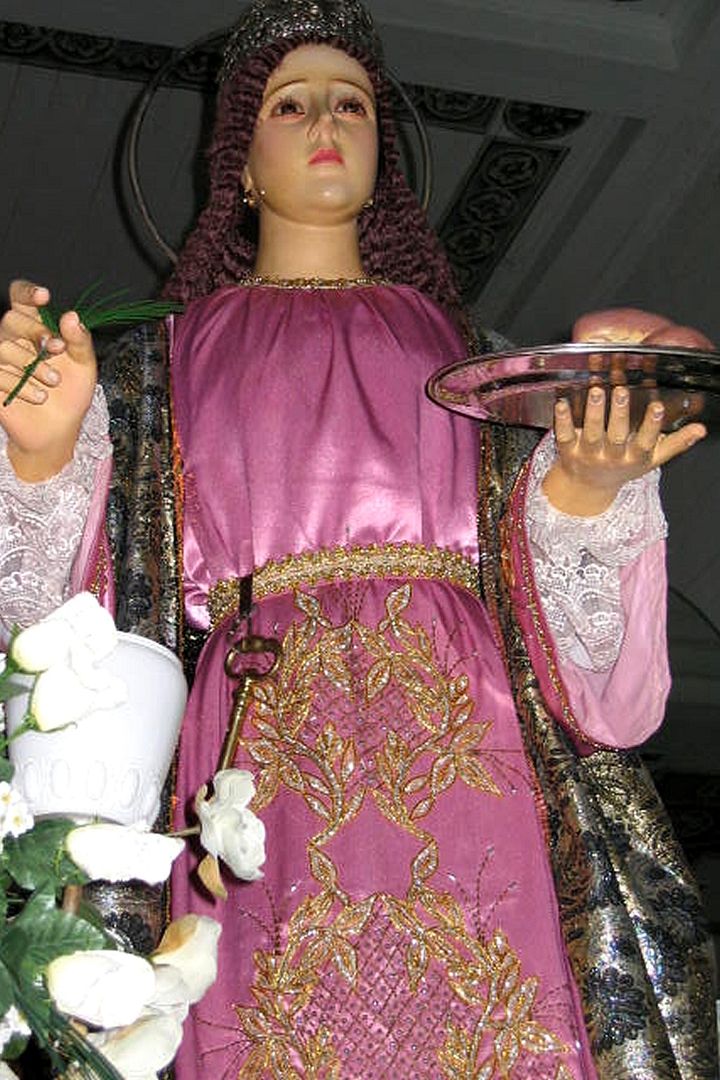
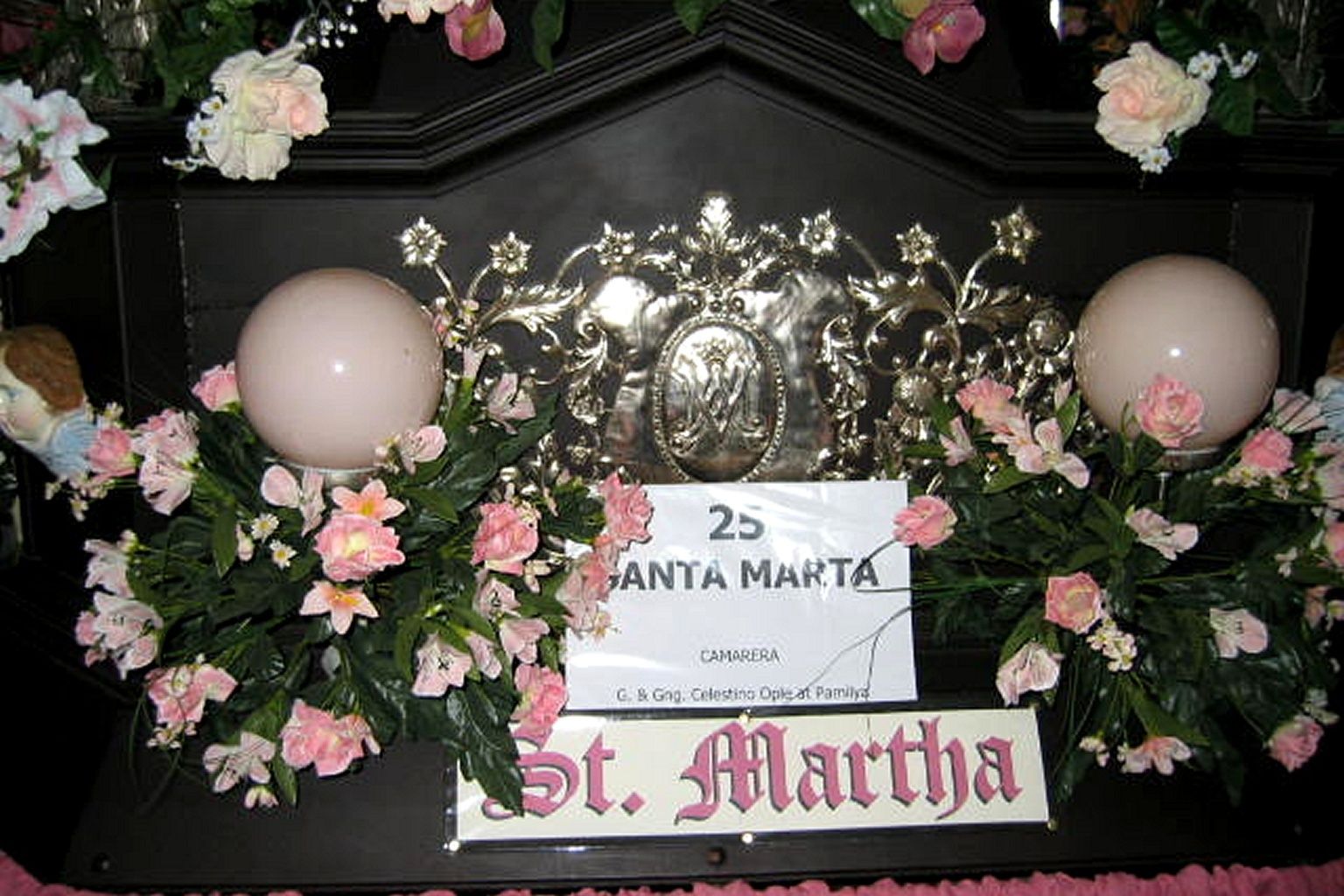
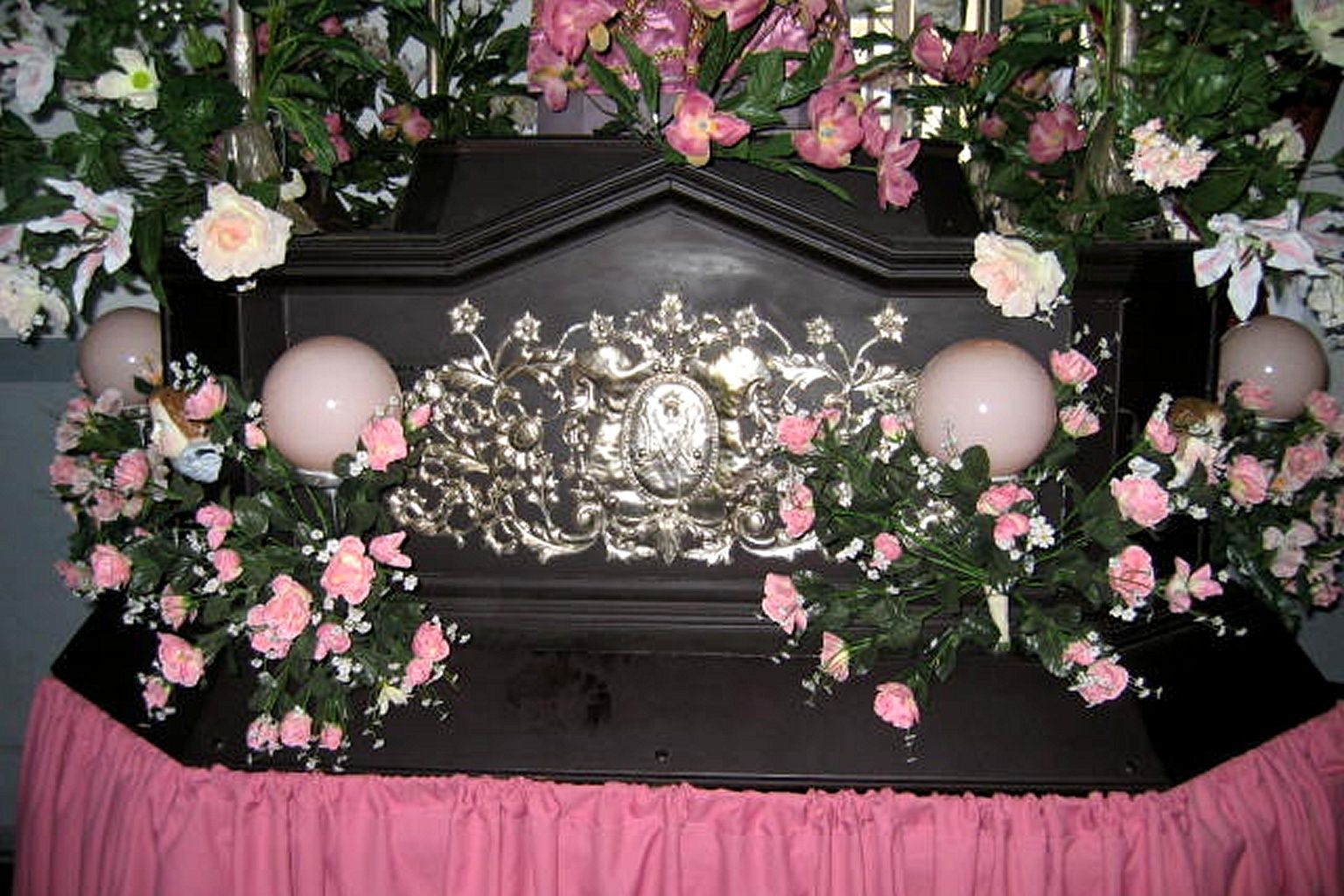


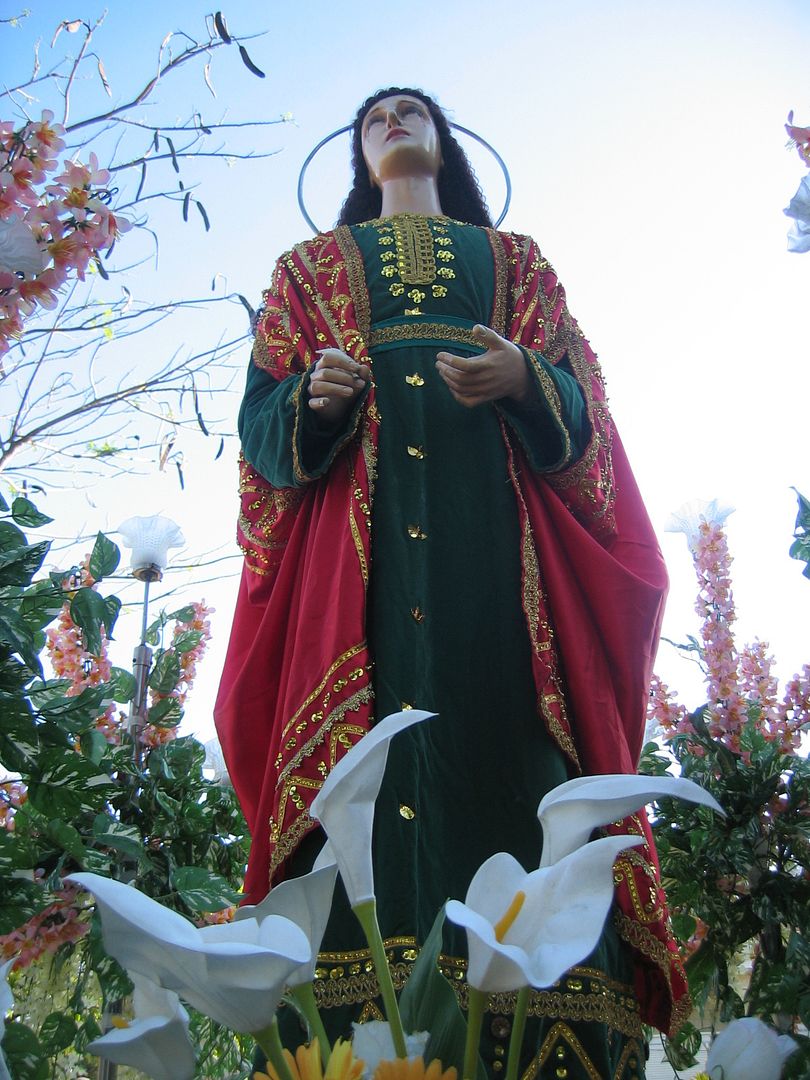


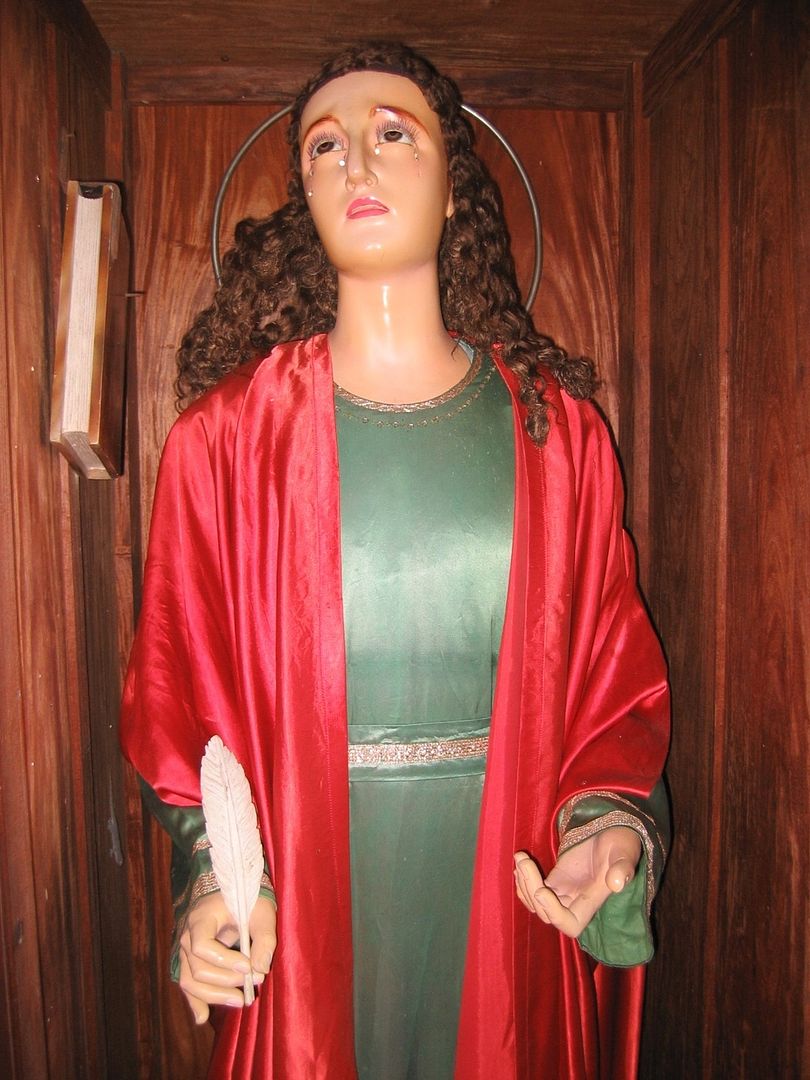
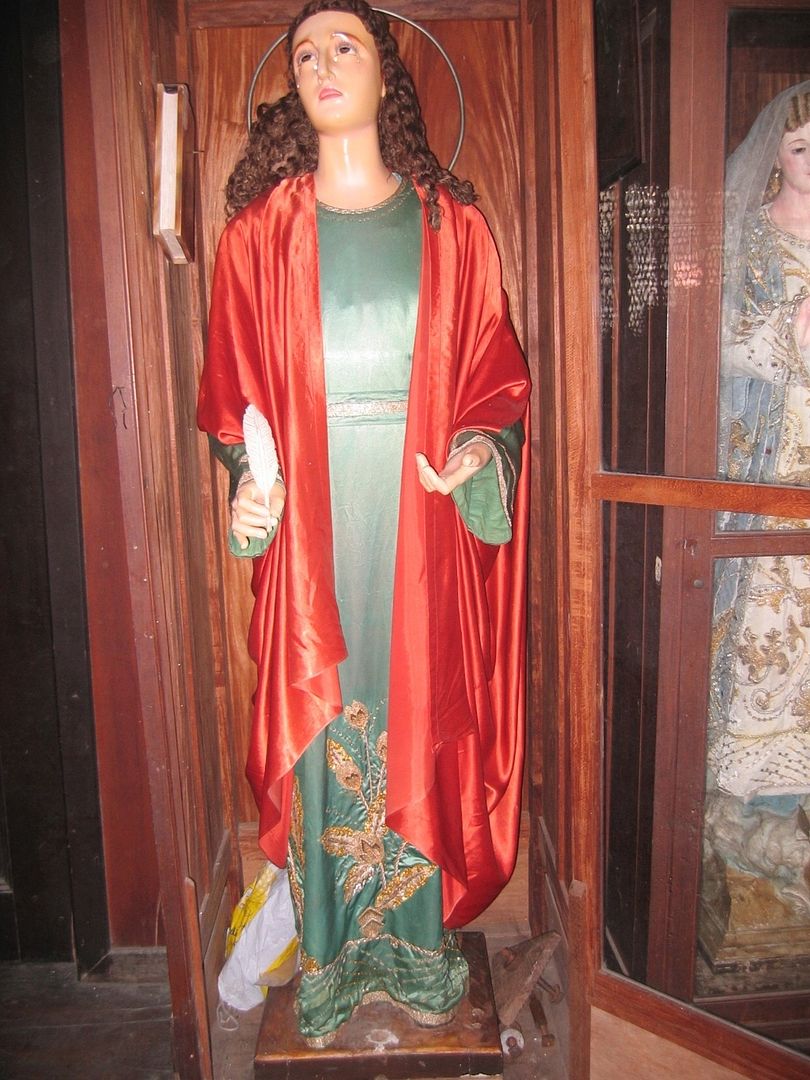




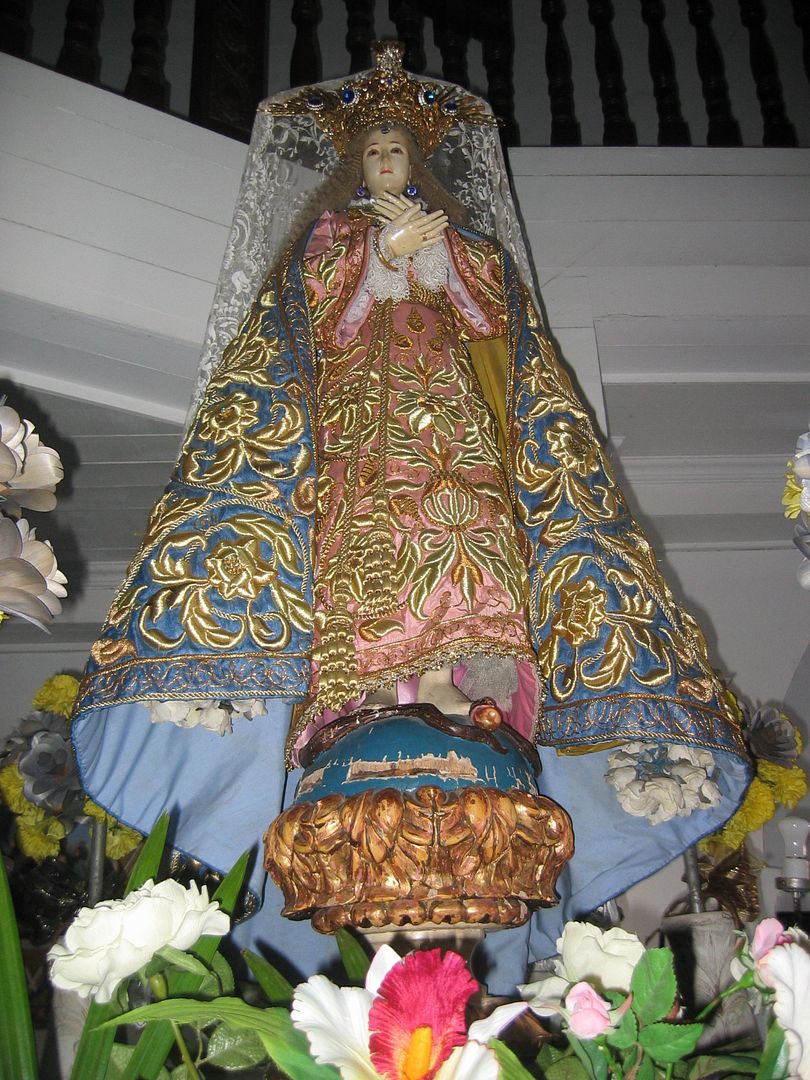
No comments:
Post a Comment